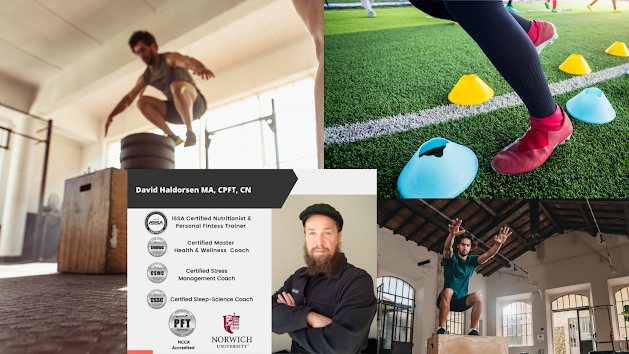How to Boost Your Bone Health with Jump-Training, Before During and After Menopause!
And the age-adjusted fall death rate increased by an alarming 30% from 2009 to 2018. Even more disturbing is that this rise was observed across 30 states and the District of Columbia, with those aged 85 and older experiencing an average 4% yearly increase!
Fall-Injuries and Loss of Bone Density
As people age, their bones naturally become more brittle due to lower bone mineral density. This means that older adults are at an increased risk of fracturing or breaking a bone if they fall. Even minor falls, slips, or trips can lead to severe injuries due to the fragility of their bones.
Sarcopenia, osteoporosis, and frailty are common in older adults and have a marked impact on their overall health and quality of life. While loss of muscle and bone mass is inevitable with age, proper nutrition and physical activity can attenuate these declines and prevent falls. Resistance training preserves muscle and bone mass, muscle strength and functional performance, enabling the older adult to remain independent longer. (New Study: Using the specificity and overload principles to prevent sarcopenia, falls and fractures with exercise)
Postmenopausal women face a high risk of bone loss. Yet certain forms of exercise can have a beneficial effect on preventing bone deterioration in older women.
A major recent meta-analysis (2020) looked at the results of seventy-five studies assessing the bone mineral density of 5300 women ranging in age from 50-79 years. They found that weight-bearing exercise + jumping + resistance training caused the most significant boosts in bone density at the lumbar spine, which means that the bones of the legs and hips also likely increased in bone mass.
For example, a 2015 Randomized Control Trial (American Journal of Health Promotion) investigated the effect of jumping on hip bone mineral density in premenopausal women.
After just 16 weeks, those who jumped 10 or 20 times twice daily with 30 seconds rest between each jump showed more significant hip bone-mineral-density improvements than the control group. The Jump-20 group had the most significant increases, while the Jump-10 group saw slightly greater gains than the control group.
How to Add Jump-Training to Your Fitness Routine:
The research shows that jump training is particularly effective when you combine it with both weight-bearing (i.e., walking, jogging) and non-weight-bearing activities (biking or swimming).
You could also try adding a jump to the end of your bodyweight squats - if you're at an intermediate or advanced level in your exercise journey.
Adding bone-building jump training to your routine can be as simple as adding a few jumps to the middle and end of your daily power walk or movement snacks at work or at home. Consider adding a few short jump breaks while you're biking.
Studies also show that when paired with resistance training, jump training has especially bone-protective and bone-building benefits. Consider adding some short jump training exercises between sets (i.e. during longer strength training breaks) as you do your resistance training.
For more advanced jump training, you might want to consider adding some plyometric training to your workout routine. Here are some great plyometric exercise examples from ForEverFitScience.com:
Hope that helps! - Click Here for Online Coaching
Your Coach, David, is a former Cognitive Behavioral Psychotherapist and Clinical Behavior Consultant turned Certified Stress Management & Sleep Science Coach. He's also an International Sports Science Association (ISSA) Certified Strength & Conditioning Specialist, Elite Personal Fitness Trainer and Nutritionist.




Comments